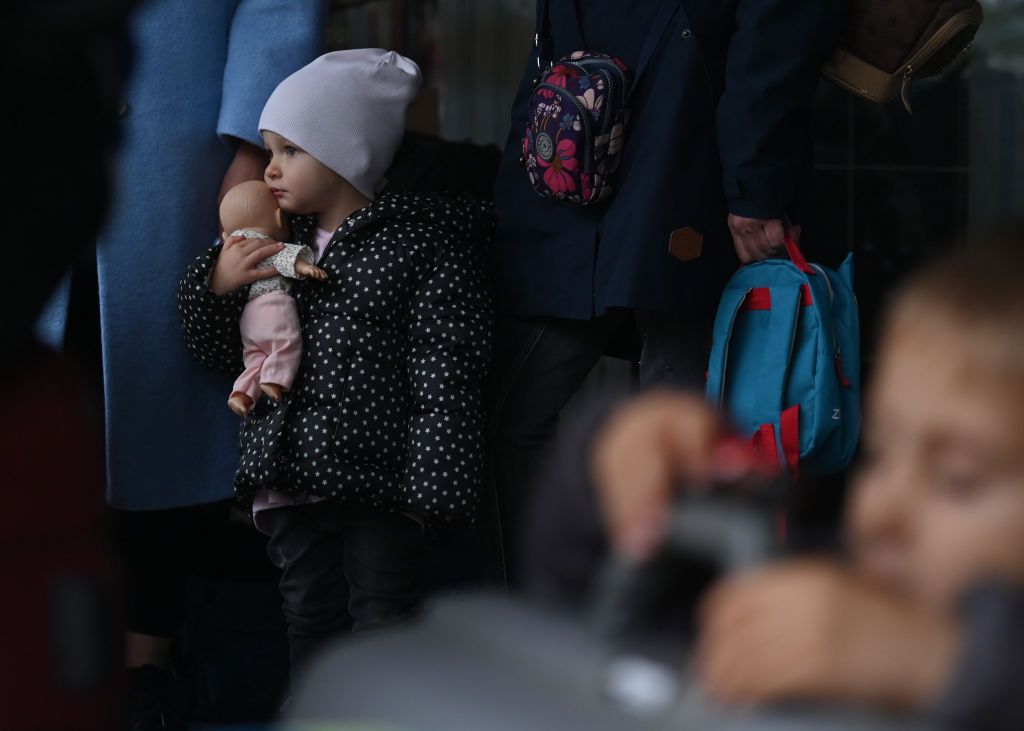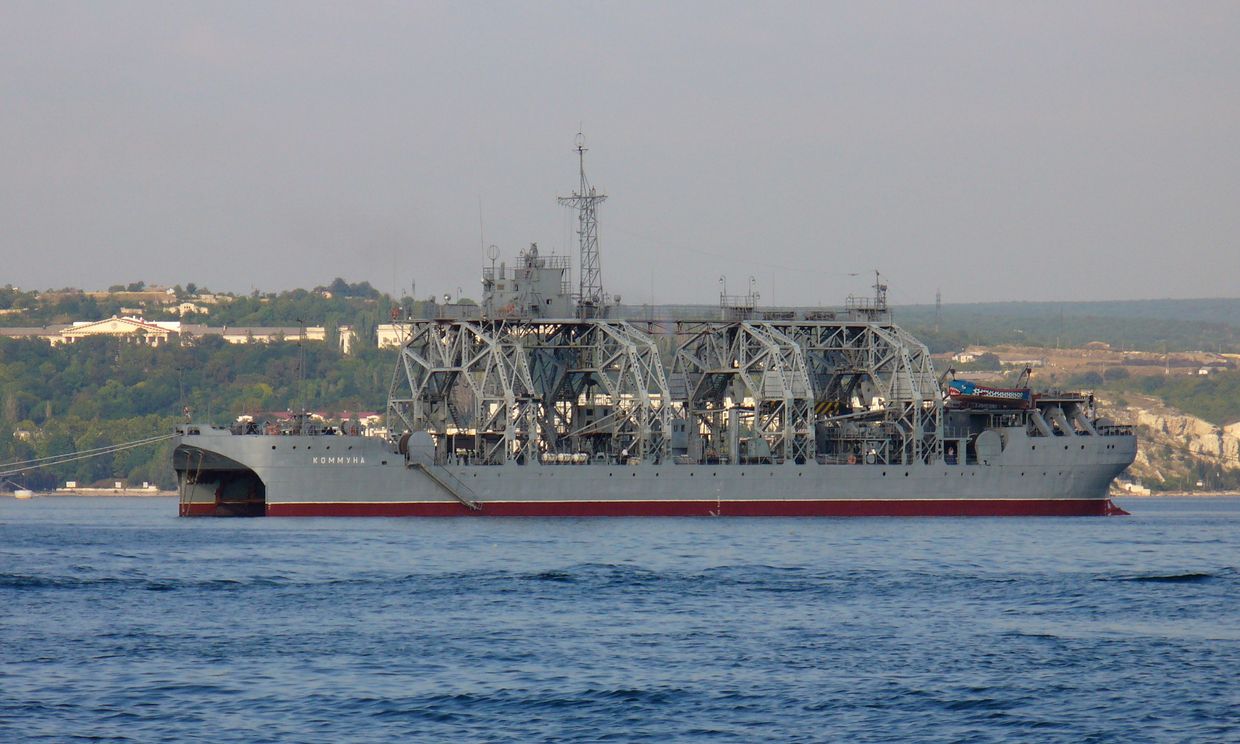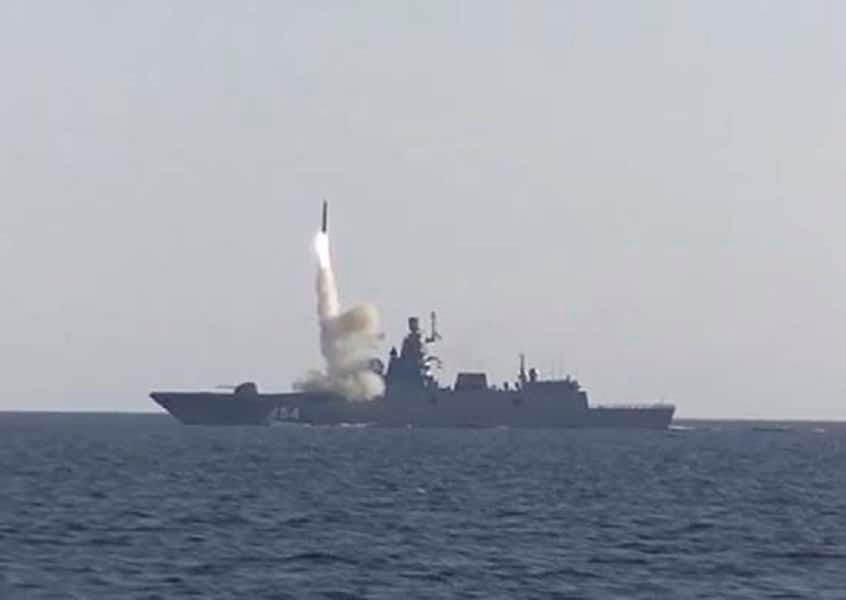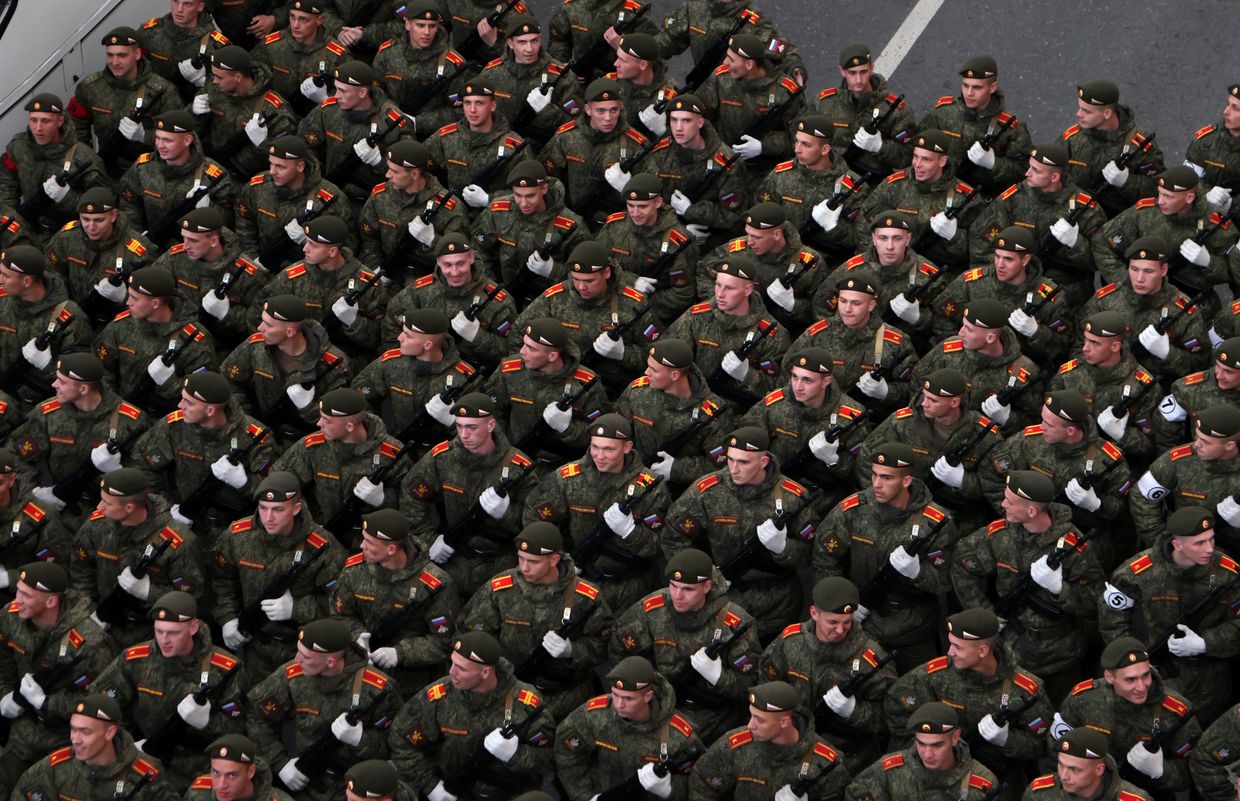The threat of a demographic crisis has been building in Ukraine for a while but Russia’s full-scale invasion has pushed it to the breaking point.
The country had a population of 41 million in 2021, by the government’s reckoning. Now, it hovers around 35 million and experts warn that it could drop to under 29 million in the next 30 years, according to the EU’s Joint Coordination Center (JCC).
The UN has estimated that 6.2 million refugees left the country during the full-scale invasion and only one million have come back. That may not be enough for a full economic recovery, experts say.
“We are not ready to lose six million refugees (for good),” Economy Minister Yuliia Svyrydenko said at the Kyiv International Economic Forum (KIEF) on Oct. 12.
If the country can’t get enough people to come back, the future looks grim for its economy and population. And large numbers of people were leaving and not coming back, even before Russia’s total war, over unequal opportunities.
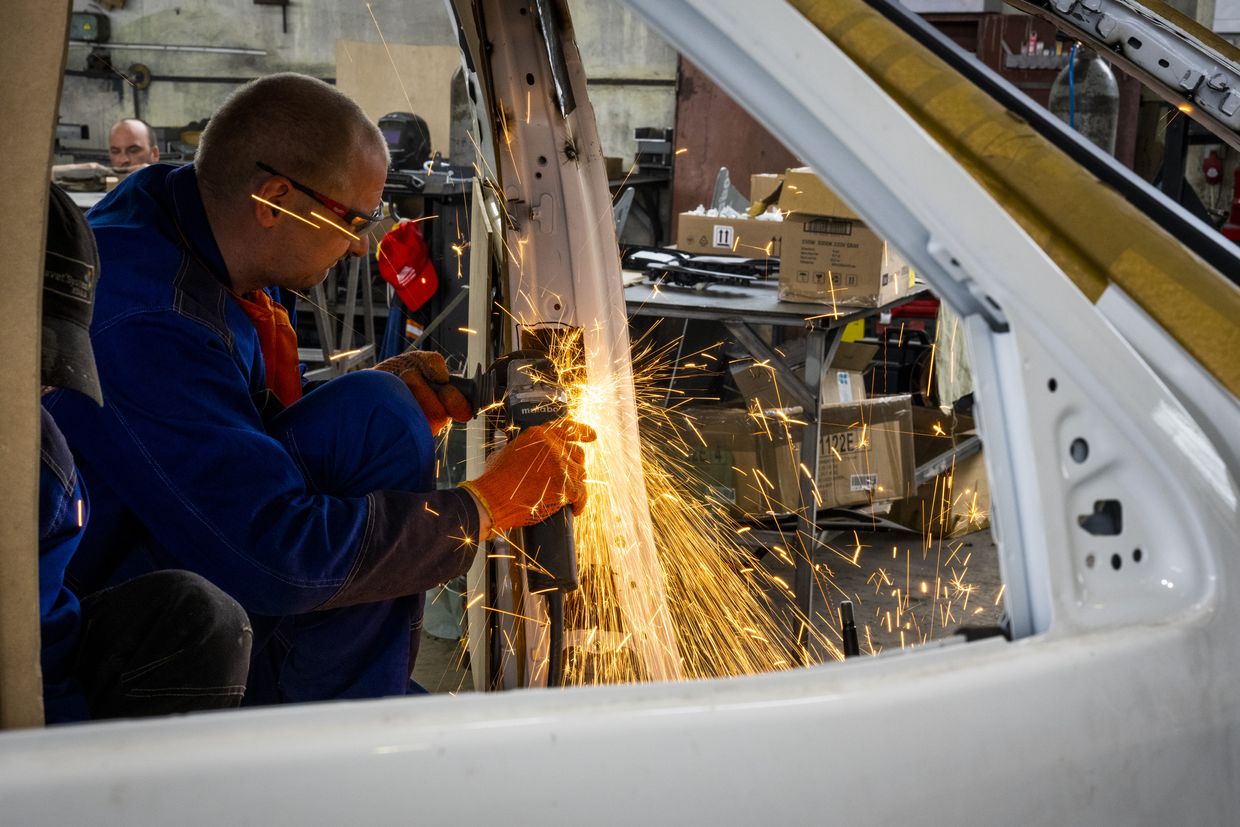
The government needs to guarantee that when the war is over, the country will be built back better.
But it could be a Herculean task to convince skilled refugees to repatriate if they have reached a comfortable living standard in the EU. Member states are also using these Ukrainians to plug their own workforce deficits.
Their benefit is Ukraine’s loss. The knock-on effects of a demographic crisis will be tremendous, stunting any recovery. The Center for Economic Strategy (CES) forecasts an annual GDP decline between 2.7%- 6.9% if the country loses between 1.3-3.3 million of its citizens.
Ukraine also faces a prodigious imbalance between old and young. The age pyramid is very top-heavy — about 30% of the population is pensioners, according to the Ukrainian analytics website Opendatabot.
Over half of Ukrainian children under 10 years old are now living abroad, researcher Dariia Mykhailyshyna from the CES told the Kyiv Independent. With a fertility rate of 1.16, it may be difficult for Ukrainians to multiply their way out of this problem.
Strategies and Solutions
The longer the war grinds on, the harder it becomes to entice people to come back. An October survey by Gradus Research found that 18% of refugees want to stay in foreign countries, up from 8% one year ago. Right now, 63% of those surveyed want to return.
Experts across Ukraine said safety is the number one concern for refugees, especially parents — most people who fled the country have children.
“We need to be sure that children will be safe not only in Kyiv but in other cities,” CEO of Gradus Research Evgeniya Blyznyuk told the Kyiv Independent.
This is no small feat. Russian missile, drone and artillery barrages strike cities in just about every region. The government has said that securing more air defense systems will help.
In the long run, Kyiv sees NATO membership as the ultimate icing on the cake.
Income is the second top concern. Mykhailyshyna said Ukrainians listed the availability of well-paying jobs as their top economic consideration for where to live. They rank it above infrastructural reconstruction.
The problem is, most Ukrainian refugees fled from areas that are are bearing the brunt of Russian attacks, like southern Zaporizhzhia Oblast, and getting a good job in light of that is a tall order. Restoring businesses in Ukraine’s industrial heartland will hasten their return, Mykhailyshyna said.
Private sector to the rescue?
Business leaders are eager to keep all the local talent they can, but they’re struggling. Job vacancies peaked last month to their highest point since the start of the invasion.
The Economy Ministry noted that the country needs some 4.5 million workers over the next 10 years to revive the economy.
Metallurgy giant Metinvest, Ukraine’s largest private company, said the one-two punch of refugee flight and the draft has caused a major labor shortage.
“Every sixth man from our workforce is now absent, particularly affecting the availability of skilled professionals,” the company told the Kyiv Independent.
Concerned about the future, Metinvest has established partnerships with over a dozen vocational schools and higher education institutions in Ukraine's industrial cities of Zaporizhzhia, Kryvyi Rih, Kamianske and Pokrovsk, as well as internships to encourage young people to stay.
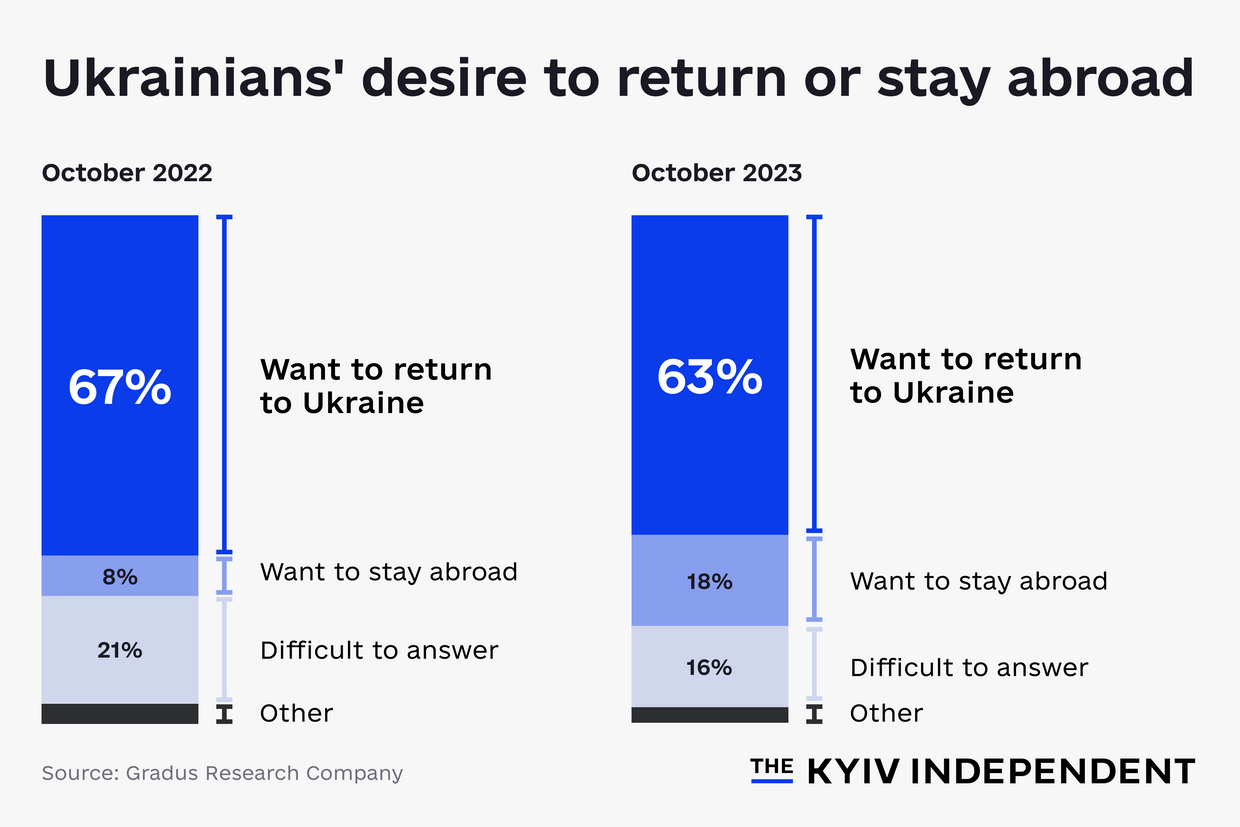
To counter the more immediate threat of specialist labor shortages, the company also introduced internal retraining programs for employees to enable them to adapt to the new workplace challenges.
If Ukrainian enterprises hope to recover after the war, they will need international funding. But foreign investors will hesitate to put their money in a country with a depleted, aging population.
Vasyl Khmelnytsky, one of Ukraine’s wealthiest businessmen and the founder of the asset management holding UFuture, believes that the number one priority is innovation and job creation.
“If Ukrainians understand that they have competitive salaries here, that their children are provided with kindergartens and schools with a high level of education, and that they have the opportunity to secure a successful future for themselves and their families at home, they will not look for opportunities to move abroad,” Khmelnytsky told the Kyiv Independent.
In a bid to invigorate innovation, Kyiv has also rolled out support programs for citizens wanting to start their own businesses.
The government’s eRobota project has issued over 8,000 grants for opening businesses amounting to Hr 4.4 billion ($120.3 million). Macro grants ranging from Hr 50,000 ($1,366) to Hr 250,000 ($6,830) are available via the Vlasna Sprava program.
To Stay or Return
Millions of Ukrainians are taking advantage of the EU’s Temporary Protection Directive that lets them live and work inside the union until March 4, 2025.
Some are going back ahead of schedule, to be with their families or because they are unable to afford the high cost of living abroad, even with state support.
“After European governments make the decision to decrease financial help for Ukrainian migrants, they could think about coming back,” said Gradus CEO Evgeniya Blyznyuk.
EU countries may also use carrots and not just sticks. Switzerland is already considering financial incentives for Ukrainians to return, Swissinfo reported.
On the other hand, Maria Piechowska from the Polish Institute of International Affairs (PIIA), observed that Ukrainians are plugging deficits in the EU’s own workforce.

It’s most visible in Poland, which hosts about 1 million Ukrainian refugees. Ukrainians have regularly migrated to Poland in recent years and she believes that many will remain in the neighboring nation due to job opportunities and comfortable cultural similarities.
“In Poland, Ukrainian workers are good for the economy. Poland needs a labor force that wants to work and doesn't require money for integration,” Piechowska said.
Mykhailyshyna warns that some EU countries may try to keep Ukrainians permanently and suggests Kyiv should talk to these countries about bringing them back at some point.
German Labour Minister Hubertus Heil announced a drive last week to fill the country’s labor shortage with Ukrainians who have completed integration courses, as well as other refugees, German media outlet Tagesschau reported.
"Work also leads to integration," Heil told reporters on Oct. 18.
The Hard Truth
Faced with an uphill battle, Ukraine is unlikely to recover all of its population, even without taking into account fatalities and injuries from the war.
The country will have to follow in European countries’ footsteps, like when they attracted labor migrants to key sectors after World War II, according to Michael Newson, Senior Program Coordinator for Migration and Sustainable Development at the International Organization for Migration.
“Just looking at reconstruction efforts, the construction sector will see a surge in demand for workers over a short period of time. Much of this will likely be met through labor migration,” Newson said.
It’s hard to predict which sectors will need the most help but Newson sees shortages hitting manufacturing, textiles, IT, and agriculture.
Ultimately, Ukraine will need to prove to its citizens that it's working towards a positive post-war path.
Piechowska says the international community should play its part by emphasizing guarantees on Ukraine’s EU membership. Accession to the bloc, she explains, is an important symbol of hope but Ukrainians may be perturbed by the lengthy processing period.
“We need to make people understand that (EU membership) is possible. Because if people feel that there is no bright future, they will try to stay in the West.”



